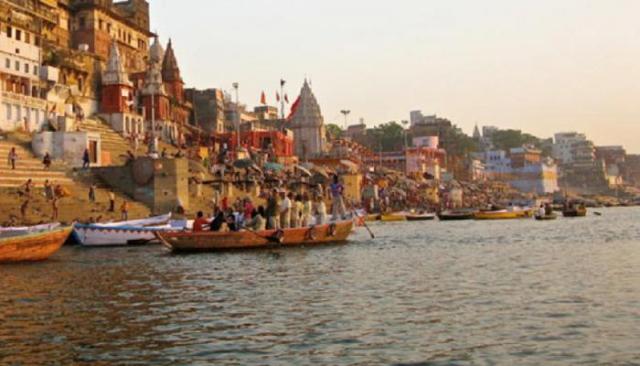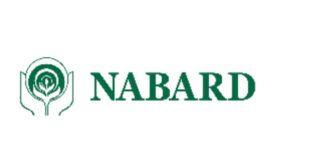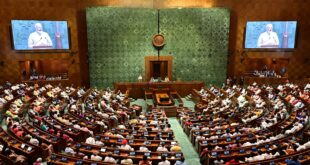- Under the Namami Gange Mission, Deptt of Fisheries to release 15 lakh fishes into Ganges
- Fishes to be released in 12 districts covering areas of East & West UP*
- River Ranching to not only enhance marine life but also maintain cleanliness of Ganga
Varanasi . In another effort to keep the Ganga clean and pollution-free, the Uttar Pradesh government, under the Namami Gange campaign, will begin the practice of River Ranching.
To sustain and conserve the biodiversity in the holy river and to ensure its cleanliness, under the Namami Gange campaign, an action plan has been formulated, according to which about 15 lakh fishes of different species will be released into the river by the Department of Fisheries.
These fishes will be released in about 12 districts ranging from eastern Uttar Pradesh to the western Uttar Pradesh. River Ranching will help in achieving sustainable fisheries, reducing habitat degradation, conserving biodiversity, maximizing social-economic benefits, and will also remove factors causing pollution.
The Yogi government has left no stone unturned to meet its resolve of making Ganga pollution-free.

Ensuring the cleanliness of the river, the government also constructed sewage treatment plants (STPs) to eliminate flow of untreated sewage into Ganga under the Namami Gange campaign.
To monitor pollution along the river, the government also deployed Ganga Task Force, in continuation to these efforts, the government will now incorporate River ranching to keep the Ganga clean while maintaining the ecosystem of the river.
The government will release 15 lakh fishes into rivers in 12 districts, namely Ghazipur, Varanasi, Mirzapur, Prayagraj, Kaushambi, Pratapgarh, Kanpur, Hardoi, Bahraich, Bulandshahr, Amroha and Bijnor. Nearly 1.5 lakh fishes each will be released in Ganga from Varanasi and Ghazipur districts.
Principal Secretary, Namami Gange, Anurag Srivastava informed that the practice of river ranching is a part of the efforts being made for cleanliness of Ganga and conservation of groundwater.
NS Rahmani, Deputy Director, Department of Fisheries said that the activity of ‘river ranching’ is also used to control pollution and to improve marine life in the river.
In this activity, different species of fish are released in the river, which destroy the factors that increase the levels of nitrogen.
These fishes will also aid in maintaining the cleanliness of the river as they feed on organic remnants.
He added that due to overfishing and pollution in the Ganges, fishes are also decreasing. The fishes have been decreasing from the last 20 years, he said.
NS Rahmani, further informed that about 1500 kg of fishes present in an area of about 4 thousand square meters controls about 1 mg per litre of nitrogen waste.
Therefore, the government has decided to release nearly 15 lakh fish into the Ganges to control excess nitrogen in the river.
If nitrogen exceeds 100 mg per liter or more, it becomes highly detrimental to the fish diversity of the river.
Consequently, the fishes cannot reproduce and lay eggs which leads to their extinction. Through this practice, the released fishes will be made to grow and proliferate for restoration of the fish stock, which will not only protect the aquatic organisms but will also reduce the pollution.
By the end of September, fishes such as Rohu, Catla and Mrigal will be released into the Ganges.
 Jubilee Post News & Views
Jubilee Post News & Views





